Hitokazu Matsushita
How Good Are GPT Models at Machine Translation? A Comprehensive Evaluation
Feb 18, 2023



Abstract:Generative Pre-trained Transformer (GPT) models have shown remarkable capabilities for natural language generation, but their performance for machine translation has not been thoroughly investigated. In this paper, we present a comprehensive evaluation of GPT models for machine translation, covering various aspects such as quality of different GPT models in comparison with state-of-the-art research and commercial systems, effect of prompting strategies, robustness towards domain shifts and document-level translation. We experiment with eighteen different translation directions involving high and low resource languages, as well as non English-centric translations, and evaluate the performance of three GPT models: ChatGPT, GPT3.5 (text-davinci-003), and text-davinci-002. Our results show that GPT models achieve very competitive translation quality for high resource languages, while having limited capabilities for low resource languages. We also show that hybrid approaches, which combine GPT models with other translation systems, can further enhance the translation quality. We perform comprehensive analysis and human evaluation to further understand the characteristics of GPT translations. We hope that our paper provides valuable insights for researchers and practitioners in the field and helps to better understand the potential and limitations of GPT models for translation.
Fast Vocabulary Projection Method via Clustering for Multilingual Machine Translation on GPU
Aug 14, 2022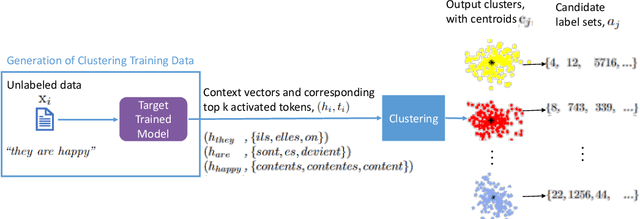

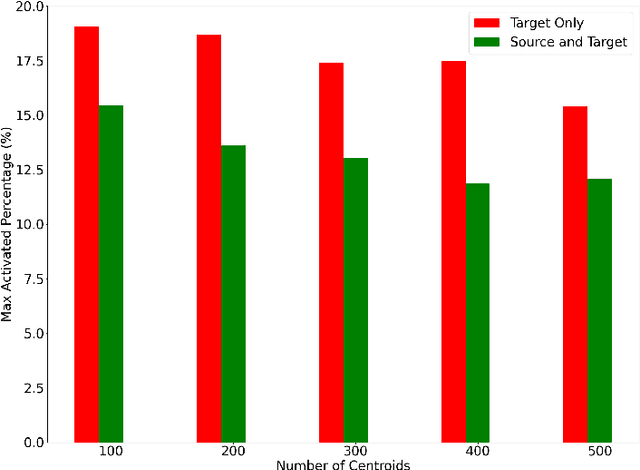

Abstract:Multilingual Neural Machine Translation has been showing great success using transformer models. Deploying these models is challenging because they usually require large vocabulary (vocab) sizes for various languages. This limits the speed of predicting the output tokens in the last vocab projection layer. To alleviate these challenges, this paper proposes a fast vocabulary projection method via clustering which can be used for multilingual transformers on GPUs. First, we offline split the vocab search space into disjoint clusters given the hidden context vector of the decoder output, which results in much smaller vocab columns for vocab projection. Second, at inference time, the proposed method predicts the clusters and candidate active tokens for hidden context vectors at the vocab projection. This paper also includes analysis of different ways of building these clusters in multilingual settings. Our results show end-to-end speed gains in float16 GPU inference up to 25% while maintaining the BLEU score and slightly increasing memory cost. The proposed method speeds up the vocab projection step itself by up to 2.6x. We also conduct an extensive human evaluation to verify the proposed method preserves the quality of the translations from the original model.
To Ship or Not to Ship: An Extensive Evaluation of Automatic Metrics for Machine Translation
Jul 22, 2021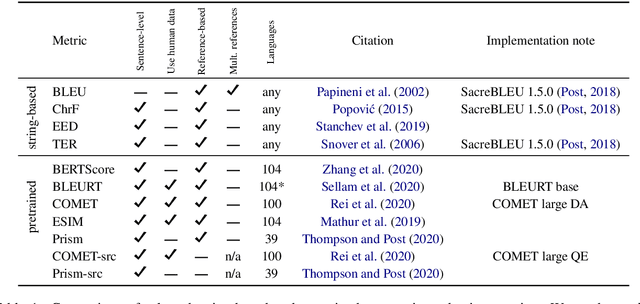

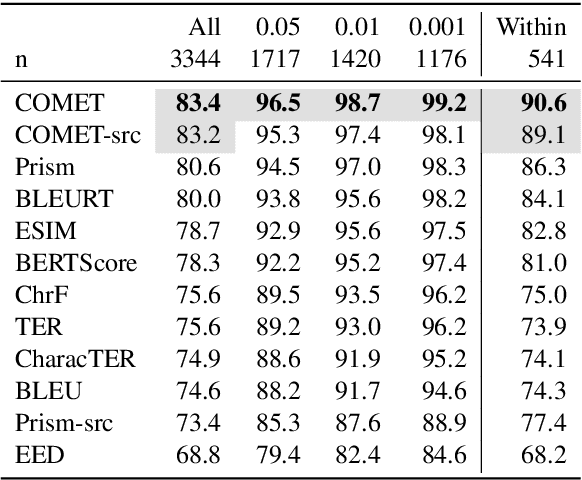
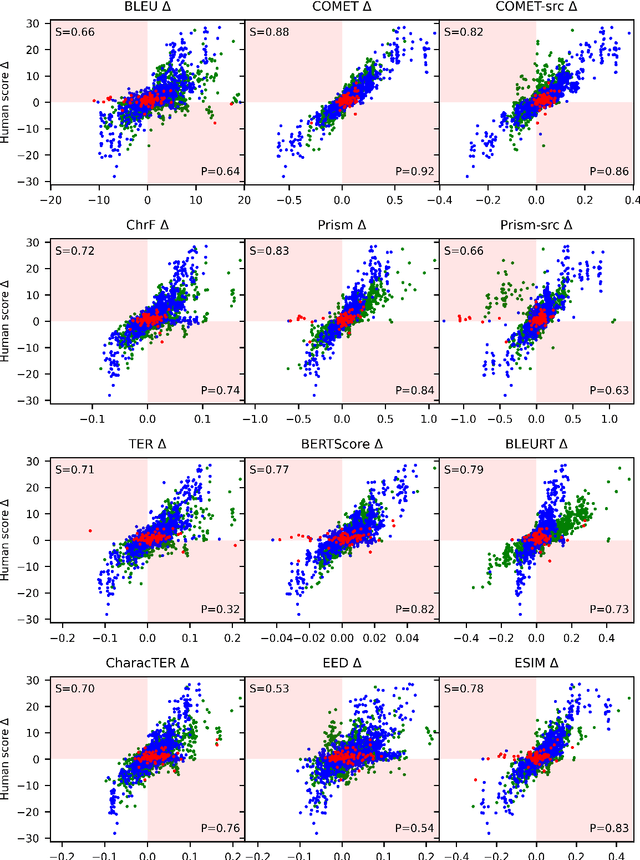
Abstract:Automatic metrics are commonly used as the exclusive tool for declaring the superiority of one machine translation system's quality over another. The community choice of automatic metric guides research directions and industrial developments by deciding which models are deemed better. Evaluating metrics correlations has been limited to a small collection of human judgements. In this paper, we corroborate how reliable metrics are in contrast to human judgements on - to the best of our knowledge - the largest collection of human judgements. We investigate which metrics have the highest accuracy to make system-level quality rankings for pairs of systems, taking human judgement as a gold standard, which is the closest scenario to the real metric usage. Furthermore, we evaluate the performance of various metrics across different language pairs and domains. Lastly, we show that the sole use of BLEU negatively affected the past development of improved models. We release the collection of human judgements of 4380 systems, and 2.3 M annotated sentences for further analysis and replication of our work.
 Add to Chrome
Add to Chrome Add to Firefox
Add to Firefox Add to Edge
Add to Edge